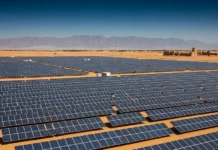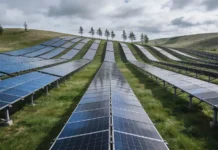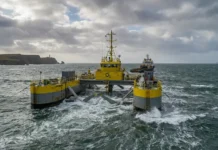That idea has not been lost on the government in Britain, where the Severn Estuary between England and Wales has a 49-foot tidal range – second only to Canada’s Bay of Fundy – providing potent generation prospects.
After lengthy hemming, hawing and environmental objections, the government finally abandoned proposals for a publicly funded 10 mile-long Severn Barrage between Cardiff, Wales and the English seaside town of Weston-super-Mare in Oct., 2010.
But with the predictability of lunar pull, the idea is rising again. Only this time, the government is hoping that private backers come up with the ÂŁ34 billion ($53 billion) that the project would require.
In the run-up to Christmas, the BBC reported that the government is discussing the scheme with private consortium Corlan Hafram. The UK Department of Energy and Climate Change (DECC) would offer some subsidies for the project, which would provide 5 percent of the country’s electricity’s.
“We are discussing with the consortium the next stages to develop the outline proposal so it can be fully considered by the government to assess whether the benefits of the project in terms of economic growth and renewable energy justify the cost of the subsidy that would be still needed and the environmental consequences for the Severn Estuary,” the BBC quoted a DECC spokesman saying.
Costs helped quash the project as a taxpayer endeavor the first time, as did concerns over effects on birds, fish, flooding and other uses of the estuary and the Bristol Channel into which it flows, such as ports, navigation and recreational angling.
The government also strengthened its commitment to nuclear projects as a low-carbon emissions form of power. And offshore wind has gained among renewables in Britain.
A tidal barrage at first glance makes sense. But is $53 billion a reasonable price to pay for 5 percent of the electricity in a country the size of the UK?  According to DECC statistics, the UK has total generation capacity of 82 gigawatts. Five percent of that is roughly 4 gigawatts, which three nuclear stations could supply for around $15-to-$25 billion, to use a wide range. Then again, you could build a roadway or rail line atop the barrage – I’m not sure if the $53 billion includes such a plan.
Â









































